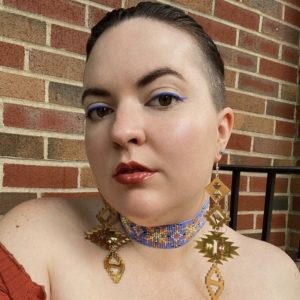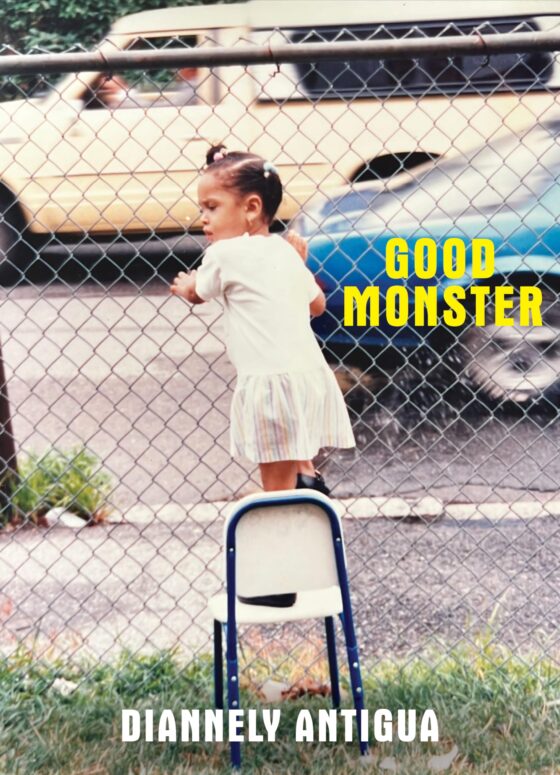
As an Indigenous writer and artist, I believe in honoring my heartwork through reciprocity. For me, one means of giving and receiving has been sharing the work of other Indigenous artists and uplifting them however I can. I’m grateful to The Rumpus for providing us a space during Native American Heritage Month and for letting me curate this space each November. This year, I wanted to take my role a step forward by offering a fellow poet a chance to co-curate. I first met Cuauhtémoc when they were a freshman at Stanford; I was their RA. Cuauhtémoc was an artist from the beginning; the first time I saw them dance it was poetry, it was image and metaphor in motion, and I am grateful they continue to dance and write poetry. I look forward to you learning more about them and their heartwork.
– Tanaya Winder
This is a dark time in which we find ourselves, but such times are not unusual to the Indigenous writer, to the Native American storyteller. To us, a pandemic, a disease, a breaking of civility, Black lives dehumanized and undervalued, and erasure of our land and our stewards, our protectors of sacred spaces, is not unusual—it is continued oppression to our people as a result of colonial heteronomative patriarchal capitalism. And yet, we Indigenous writers continue to find beauty. And more, us queer Indigenous artists find and experience love, innovate new ways to sing and dance in our poetic expressions, and bridge communities with story, so that futures of unity can be invoked. This is how we continue. This is how we continue… This is how we resist. This is how we persist and thrive…
In honor of Native American Heritage Month I dance, celebrate, and uplift several queer and two-spirit Indigenous writers whose work tells us the stories often unheard, gone missing, yet behold and begin to complete our full truth.
It is urgently necessary to look to our femmes, our gender non-conforming, our two-spirit ancestors and contemporaries, for guidance in solving our biggest issues, and sharing our smallest, most intimate words. It is urgently necessary to listen, and be open to our queer and transgender Indigenous words—for they are unfortunately still unusual, but, thus, provide us with space to renew, reclaim, and replenish our resistance. May these works find your stirring and stir you some more… As a cihuaiyolo butch queen, a Mescalero Apache, a Mexika-Chichimeca/Cano writer and curator, I continue to trouble my own understanding of what I can do to practice innovation in myself and in my social justice. I think to the land and the sky, to the wildfires in our forests, and the hurricanes of the oceans, that we must start to build together new ways of experiencing, and healing each other—non-human bodies included.
Here, with you, we start with poems, stories, words, readings, writings…
– Cuauhtémoc Peranda
***
TŁ’É’IS’AH
Thought I heard you whistling last night,
it was only trains. I wondered what you
would do to try & summon me.
Three years of salt on skin, three summers
of doors swelling twice their size, joints
pillowing until our midnight ice baths.
Only to sweat again, cloud-mouthed
& drooled, your back bent towards sunset
that left hours ago, prayed to cooler winds.
Heat became the center of your abdomen,
ecstatic with coiled muscle. Did you really
believe you were not part of this desert?
I drank from you, became thirsty & thirsted.
Now dust sours the mouth & only visitors
of steel pass through me.
***
Photograph of syan jay by syan jay.




